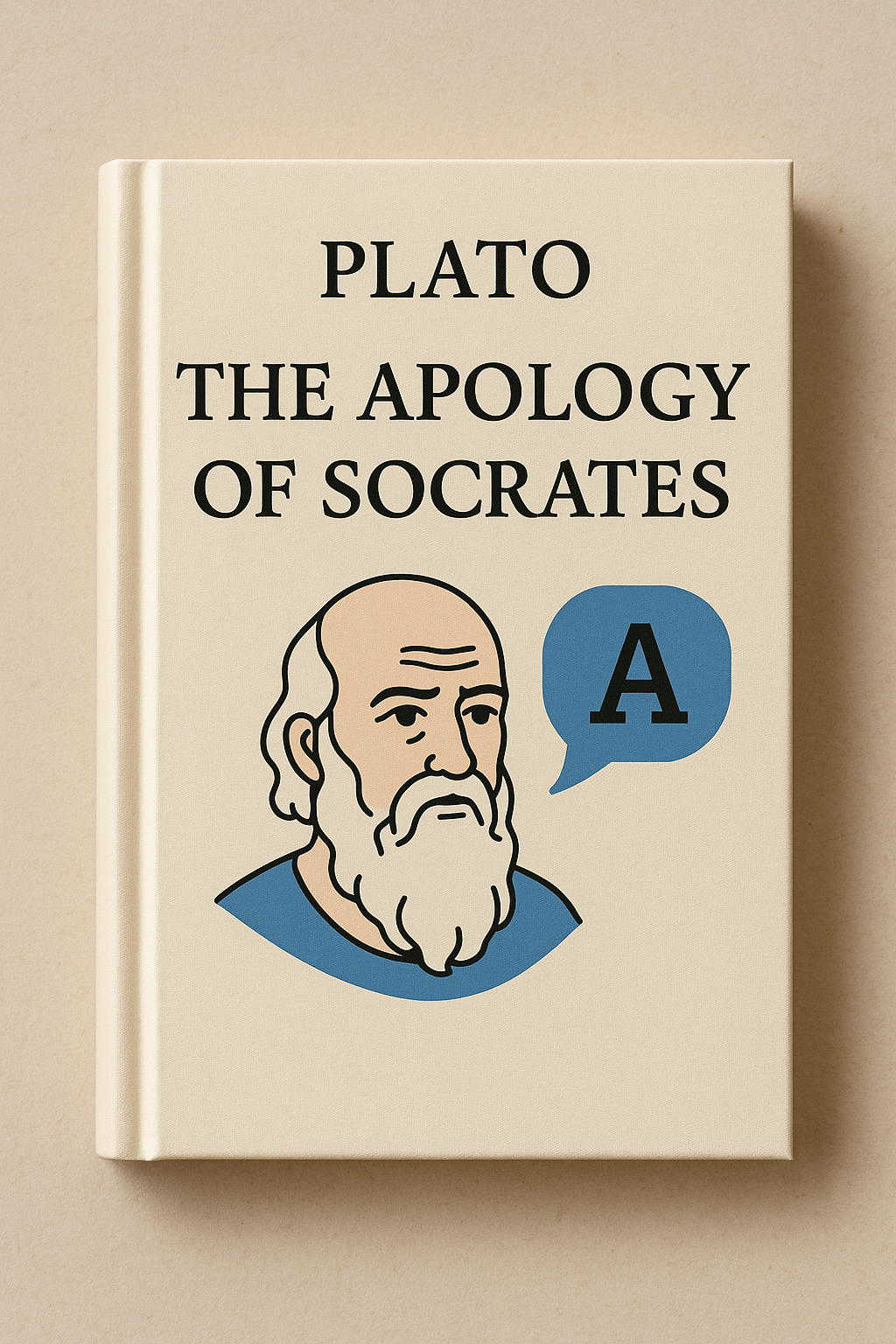Is your Marketing Team an AI focused one?
Artificial intelligence is the present. The question is no longer if you should integrate AI into your Marketing function, but how to structure your team, your tools, and your thinking around it. Traditional marketing teams focused on creative campaigns and data analysis. AI-first marketing teams, however, build systems that learn, adapt, and improve on their own and the leaders who understand how to orchestrate that are already pulling ahead.
Here’s how to build and run an AI-powered marketing team that delivers results and scales intelligently.
1. Redefine the Roles: From Marketers to Machine Masters
The first step is acknowledging that the makeup of a marketing team changes dramatically when AI becomes central to how you operate. You still need strategists, creatives, and content specialists , the difference is that they now sit alongside new, AI-specific roles:
-
Prompt Engineers & AI Trainers: Specialists who know how to communicate with AI tools to extract valuable output and improve performance.
-
Data Strategists: Experts who ensure that data is clean, relevant, and used ethically. Data is the fuel that powers AI.
-
Marketing Technologists: People who integrate AI into existing stacks (CRM, automation platforms, analytics) and ensure systems talk to each other.
-
AI Creative Directors: Hybrid roles blending creativity with AI capability, guiding tools to develop content, ads, and personalisation strategies at scale.
Think of it like running a Formula 1 team: the Driver is still crucial, but the engineers, data scientists, and pit crew win the race.
2. Build Your AI Stack Like a Product, Not a Toolset
Most teams make the mistake of bolting AI tools onto their existing workflows. That’s like sticking a rocket on a bicycle, an interesting concept that almost certain will lead to chaos!
An AI-first team builds its stack as a product:
-
Foundation Models (Core Intelligence): Choose your main LLM (like GPT-5 or Claude) for content, personalisation, and ideation tasks.
-
Automation & Orchestration Layers: Tools like Zapier, n8n, or custom scripts that automate data movement and workflows.
-
Data Layer: Customer data platforms (CDPs), CRM, and analytics tools that feed your AI accurate, live information.
-
Custom AI Models: Where possible, fine-tune models on your brand tone, product knowledge, and historical performance data.
The key mindset shift: treat your marketing system like a living, learning product, something you iterate on weekly, not quarterly.
3. Shift from Campaign Thinking to Continuous Optimisation
Traditional marketing teams work in campaigns: plan, launch, measure, repeat. AI-first teams work in loops: deploy, learn, improve.
-
Continuous A/B testing: AI can run thousands of variations in real time, optimising creative and messaging without human bottlenecks.
-
Dynamic audience segmentation: Instead of static personas, machine learning constantly reshapes who you target based on live behaviour.
-
Predictive content creation: AI doesn’t just write blog posts — it predicts what your audience will want next month and drafts it now.
In short, AI allows marketing to become more like product development: agile, responsive, and never finished.
4. Establish Ethical Considerations Early
Running an AI-powered team isn’t just about what you can do — it’s also about knowing what you shouldn’t. Build ethical considerations into your workflows from day one:
-
Bias checks on AI-generated content and targeting.
-
Human review for sensitive messaging and brand-critical outputs.
-
Transparency policies so customers know when they’re interacting with AI-driven campaigns.
This isn’t just about compliance; it’s about trust — and trust is still the foundation of marketing.
5. Train Your Team to Think in Systems, Not Tasks
Perhaps the biggest cultural shift is helping your people stop thinking about individual outputs and start thinking in terms of systems and outcomes.
-
Marketers should ask: “How does this AI tool improve the whole customer journey?”
-
Strategists should consider: “What happens downstream when the AI changes our segmentation logic?”
-
Creatives should explore: “How can I guide the AI to develop 100 campaign variants instead of 1?”
It’s less about replacing people and more about augmenting their impact. The best AI marketing teams aren’t the ones with the most tools, far from it— they’re the ones that think differently about how to use them.
Final Thoughts: Lead Like a CTO, Inspire Like a CMO
The future of marketing leadership blends technical vision with creative direction. To run an AI-focused marketing team, you’ll need to make calls about infrastructure, workflows, data strategy, and ethics — but you’ll also need to inspire people to create, experiment, and embrace new ways of working.
Those who master that balance won’t just keep pace with change. They’ll define it.

 Ifigenia Arampelou
Ifigenia Arampelou


